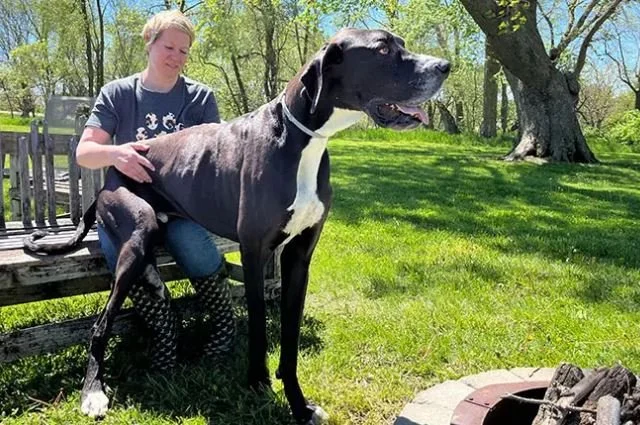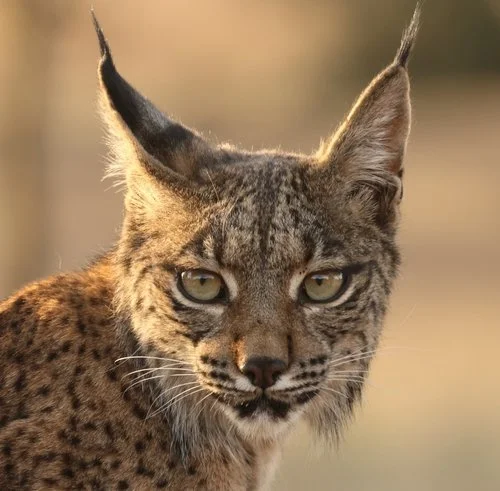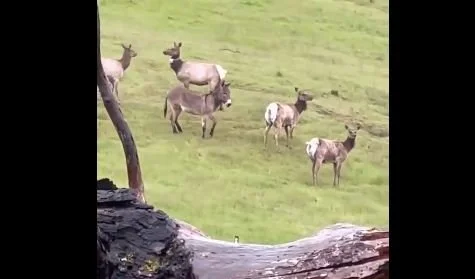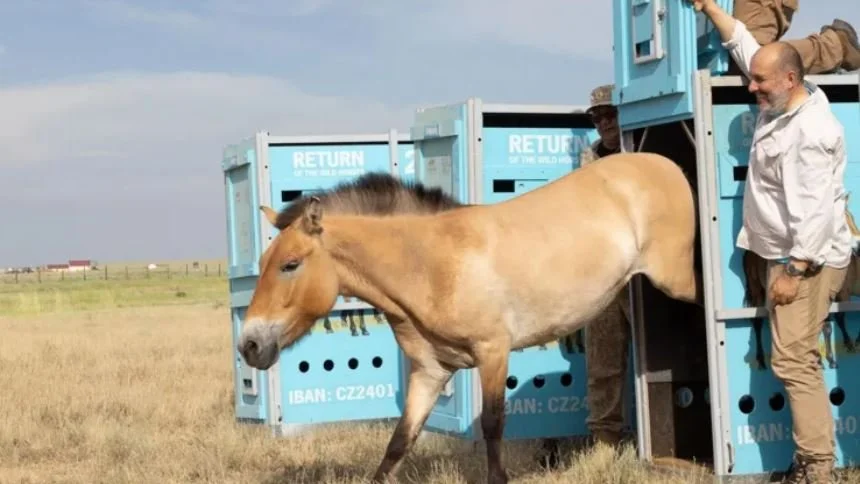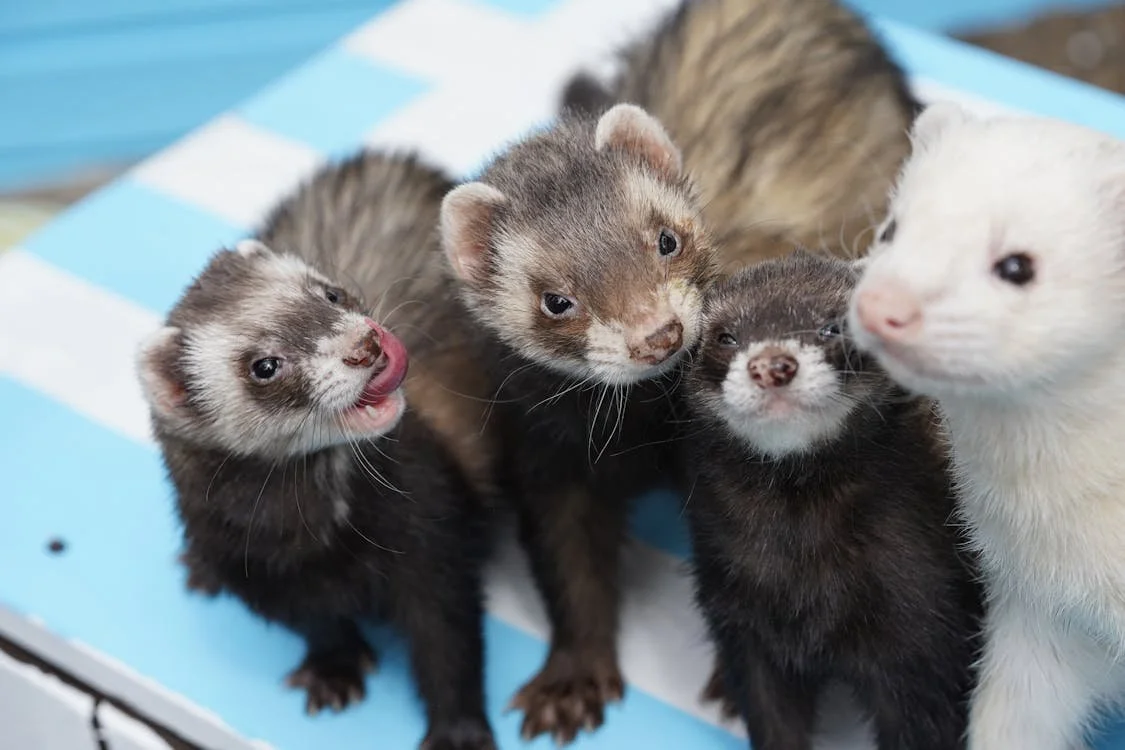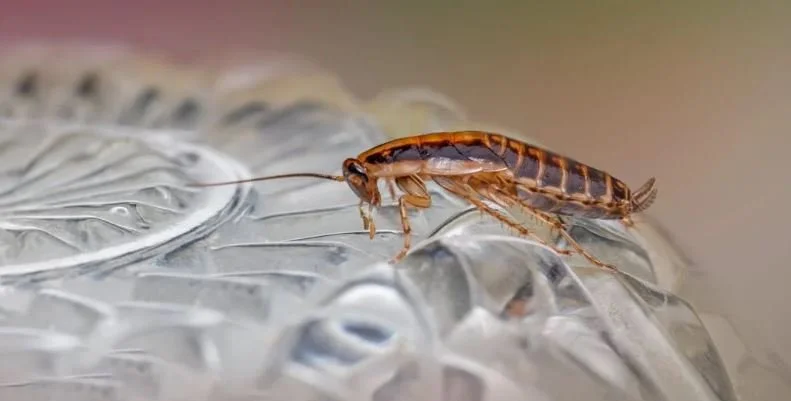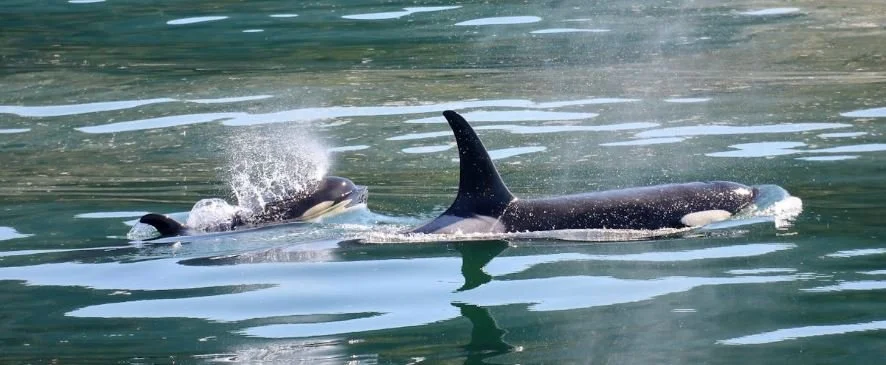Birders and other wildlife enthusiasts on Eastern Long Island have been treated to a special sight : a lone American flamingo relaxing in the Hamptons. The gorgeous bird was seen wading, floating, and flying over East Hampton’s Georgica Pond.
Hi.
Welcome to my blog.



